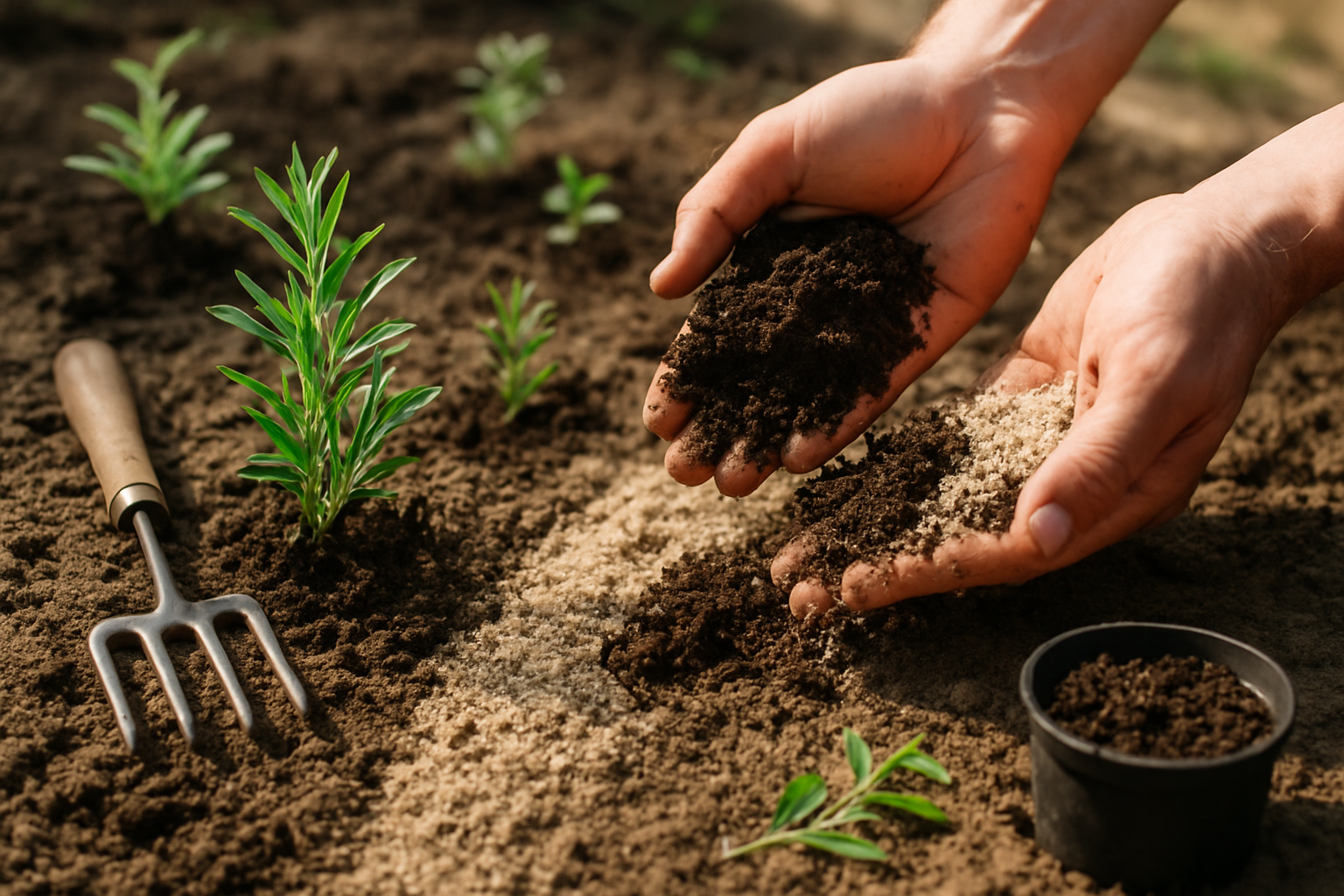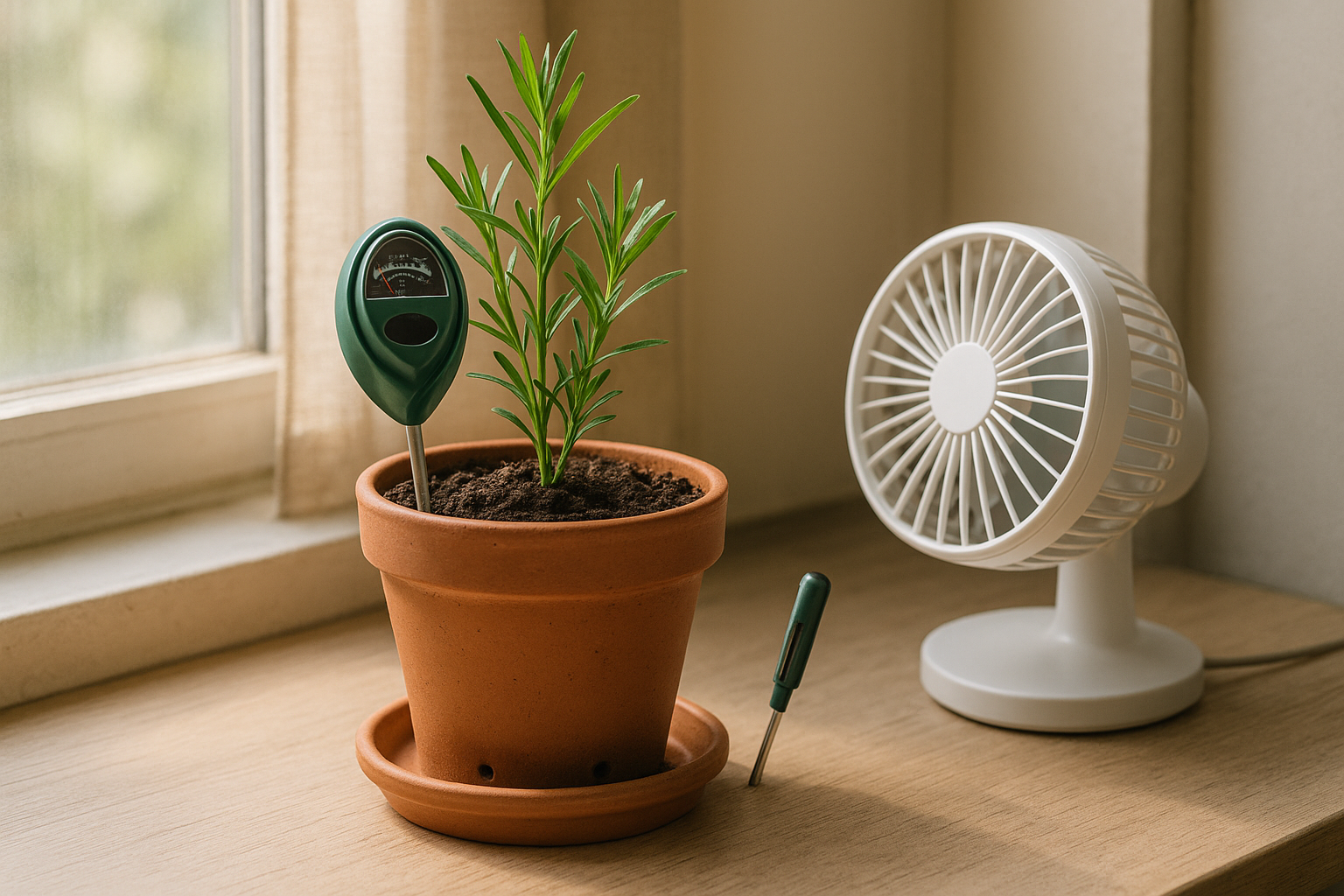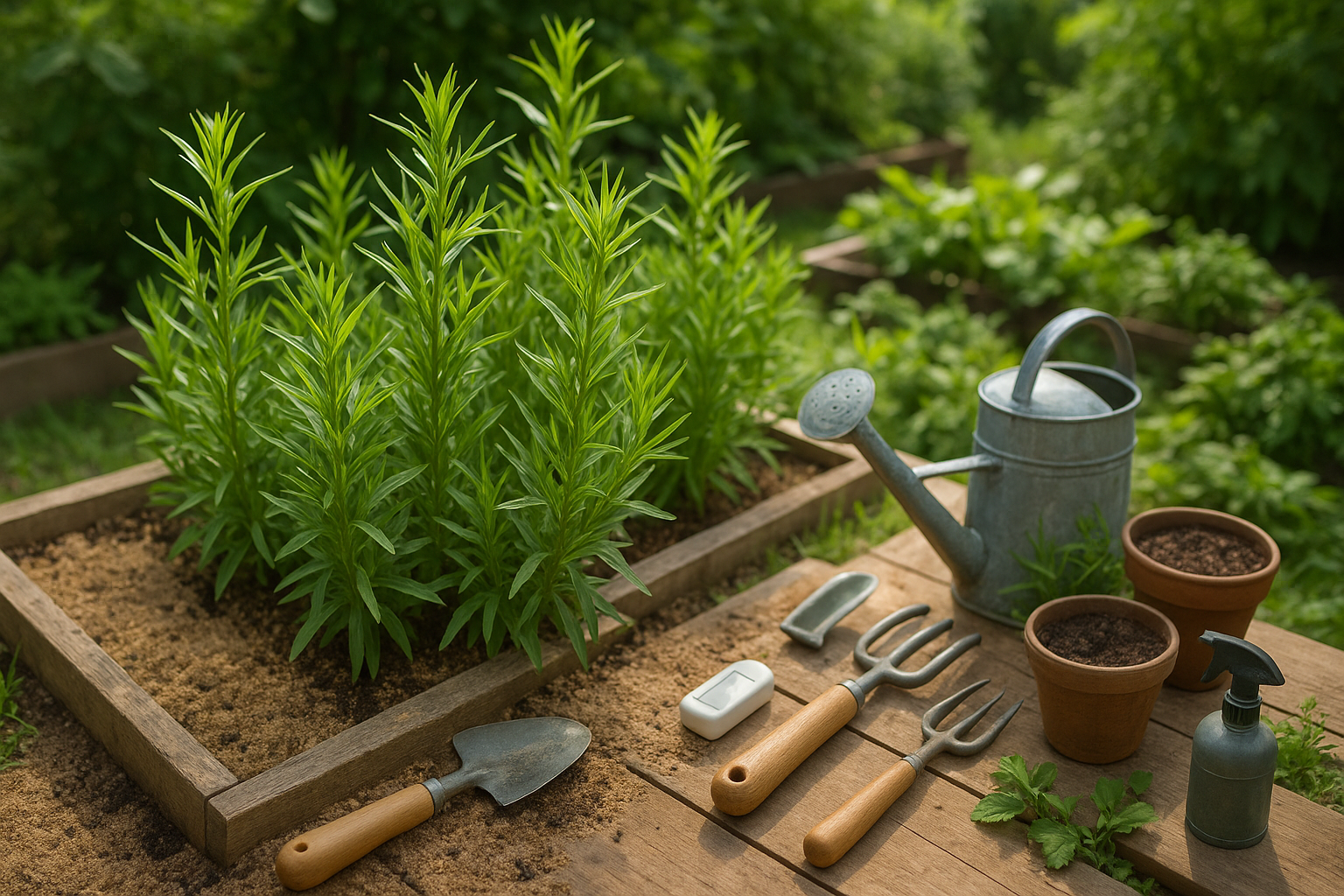Common Reasons Tarragon Fails to Thrive
Tarragon is a flavorful herb, but it can be surprisingly sensitive and may struggle if its basic needs aren’t met. One of the most common reasons for poor growth is soil that’s too dense or heavy—tarragon prefers well-draining, slightly sandy soil and will struggle in anything that retains too much moisture.
Inadequate light can also severely stunt your plant; tarragon needs at least six hours of sunlight a day, so growing it in too much shade leads to leggy, weak stems. Watering mistakes are another major issue—frequent overwatering can cause root rot, while underwatering leaves the plant wilted and stressed.
Temperature also plays a critical role; tarragon doesn’t like excessive heat or sudden cold snaps. It’s also helpful to know that French tarragon is more delicate than the hardier Russian variety—French tarragon needs more careful site selection and is less likely to survive in challenging conditions.
If your tarragon isn’t growing well, take some time to assess each of these factors individually. Sometimes, it’s a combination of small issues adding up, so check your soil, sunlight, water habits, and temperature exposure. By identifying the main cause or causes of poor growth, you’ll be much better equipped to nurse your tarragon back to health and enjoy fresh herbs all season.
For example, relocating a struggling pot to a sunnier spot, switching to a lighter potting mix, or adjusting your watering schedule can make a big difference.
Soil and Planting Mistakes

Getting the soil right is crucial for healthy plants, but many gardeners fall into the trap of overlooking basic requirements. Most plants thrive in well-draining soil with a neutral to slightly alkaline pH (around 6.5 to 7.5). Heavy or clay soils are common culprits for poor growth, as their dense texture restricts root development and traps water, leading to root rot or stunted plants.
Start by testing your soil’s pH using an at-home kit; if you discover it’s too acidic, adding lime can help raise the pH, while sulfur works to lower it if the soil is too alkaline. Incorporate organic matter like compost, aged manure, or leaf mold to improve soil structure and boost nutrient content—this not only enhances drainage but also supports beneficial microorganisms.
Another frequent mistake is overcrowding plants; while it might be tempting to fill every space, cramped conditions limit airflow, encourage disease, and can stunt growth. Always follow recommended spacing on seed packets or plant labels, giving each plant room to reach its full potential.
For areas with persistent clay, consider building raised beds filled with a mix of topsoil and compost, or use sand and organic material to break up dense soil. Regularly loosening the soil around plants with a fork also helps enhance aeration and drainage.
By paying attention to soil quality and planting practices, you’ll set your garden up for a lush, healthy season.
Watering and Humidity Issues

Tarragon plants can be sensitive to both overwatering and underwatering, each showing different warning signs. Overwatered tarragon often develops yellowing, limp leaves and may suffer from root rot—a condition where roots turn brown and mushy due to lack of oxygen in soggy soil. On the other hand, underwatered tarragon will display wilted, dry leaves and slowed growth. Soil will feel bone dry to the touch, and the plant may become stunted or drop leaves altogether.
Humidity also matters: high humidity without good air circulation can create a breeding ground for mildew and fungal diseases, while low humidity can cause tarragon leaves to become dry and crispy at the edges. Root rot tends to thrive in hot, humid, and stagnant conditions, making airflow around your plants critical.
To keep your tarragon healthy, water only when the top inch of soil feels dry—typically once or twice a week depending on the climate and pot size. Use well-draining pots and avoid letting water sit in the saucer. Indoors, place tarragon near a gentle fan or open window to boost airflow, or space outdoor plants at least a foot apart to allow natural breezes to pass through.
Regularly check for wilting or yellow leaves and adjust your watering habits accordingly. By balancing soil moisture and ensuring good air movement, you can reduce the risk of root problems and help your tarragon thrive.
Sunlight and Temperature Needs
Tarragon thrives best with plenty of sunlight, typically needing at least six hours of direct sun each day in cooler regions. However, in areas with intense summer heat, tarragon benefits from partial afternoon shade to prevent scorching and wilting.
The plant prefers warm weather but doesn’t handle extremes well. Ideal daytime temperatures range between 60 and 75°F (15–24°C). Prolonged cold will stunt growth or kill young plants, so in regions with harsh winters, consider growing tarragon in pots that you can move indoors or place in a greenhouse before the first frost.
High heat, especially above 90°F (32°C), can stress tarragon, leading to reduced flavor and leggy growth. During hot spells, use shade cloths or mulch around the base to keep roots cool and minimize water evaporation. For unexpected cold snaps, a simple row cover or frost blanket provides essential protection.
Always monitor your microclimate. For balcony or patio gardeners, relocating pots to a sheltered spot during extreme weather is an easy solution. By adapting your care to the changing seasons, you’ll keep tarragon healthy, flavorful, and productive year-round.
Recognizing and Preventing Pests and Diseases
Keeping your plants healthy starts with early recognition of pests and diseases. Common garden pests include aphids, which cluster on new growth and excrete a sticky residue, and spider mites, which create tiny webs and cause leaves to develop yellow speckles.
When it comes to diseases, fungal infections often show up as powdery white spots or fuzzy growths on leaves and stems, while root rot causes wilting, yellowing, and mushy stems—often due to overwatering or poor drainage. Regularly inspect both sides of leaves and the surface of the soil for signs of trouble.
At the first sign of pests, try washing them off with a strong spray of water or wipe affected areas with a damp cloth. For persistent infestations, introduce natural predators like ladybugs or use insecticidal soap, which is gentle but effective.
To prevent diseases:
- Avoid overhead watering.
- Space plants for good airflow.
- Remove any diseased leaves as soon as they appear.
- Always use clean tools and containers.
- Don’t let water sit in saucers under your pots.
With a little daily attention and simple habits, you can greatly reduce the risk of pest and disease problems in your home garden.
How to Revive Struggling Tarragon Plants
If your tarragon is looking limp or discolored, don’t panic—reviving it usually just takes the right care. Start by carefully trimming away any dead, yellowing, or brittle stems using clean, sharp scissors. Removing damaged growth helps redirect the plant’s energy to healthy parts and prevents diseases from spreading.
Next, check the soil. Tarragon prefers well-draining, slightly sandy earth. If your garden soil is heavy or stays soggy after watering, mix in some compost or coarse sand to improve drainage.
When watering, keep the soil lightly moist but never waterlogged; too much moisture can cause root rot, especially in pots. Water deeply but allow the top inch of soil to dry out before watering again. A moisture meter or simply sticking your finger into the soil can help you judge when it’s time.
If most of the plant is unhealthy but a few shoots remain vibrant, consider propagating by cutting a few healthy stems and rooting them in water or moist soil to create fresh plants. For extremely exhausted plants, sometimes digging them up, cutting back the top growth, and replanting in a sunnier, better-draining location is the best option.
Throughout the recovery process, stay consistent with care and don’t expect overnight miracles—herbs like tarragon often take a few weeks to bounce back. With a bit of patience and steady attention, you’ll likely see new shoots and revived growth before long.
Pro Tips for Long-Term Tarragon Success
For long-term tarragon success, make regular care a habit. Prune your tarragon plants every few weeks to keep them bushy and prevent flowering, which can reduce leaf quality. Fertilize lightly with a balanced, all-purpose fertilizer in spring and mid-summer—tarragon prefers a little boost but not too much.
Rotate your plant’s location each year if you’re growing in the ground, as this keeps soil healthy and reduces pest buildup. If your climate has hot, humid summers or harsh winters, consider growing tarragon in pots. Containers let you move the plant to shelter during extreme conditions and manage soil more easily. Just remember to use well-draining soil and a pot with good drainage holes.
With a little attention to these ongoing tasks, your tarragon will thrive year after year. Stay consistent, and you’ll enjoy fresh, aromatic leaves every season.
